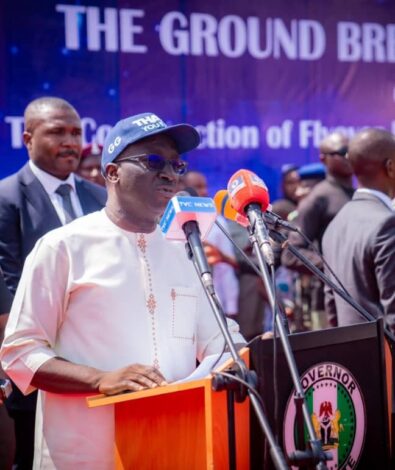Nigeria’s letter of credit payments fall by 63% in Q1 2024

Nigeria’s letter of credit payments have plummeted by 63% in the first quarter of 2024 compared to the same period in the previous year, according to the International payments data of the Central Bank of Nigeria (CBN).
The total letter of credit payments made via official channels for Q1 2024 was $204.47 million, reflecting a shortfall of $344.75 million compared to Q1 2023 of $549.22 million.
This significant decrease highlights the challenges the country faces in its international trade and financial transactions.
Payment Breakdown
- Breaking this down, January 2023 recorded payments of $107.78 million. This was followed by an increase in February 2023, where payments reached $171.95 million.
- March 2023 saw the highest payment for the quarter, totalling $269.49 million.
- However, the situation in Q1 2024 starkly contrasts with the previous year. January 2024 recorded a significantly lower payment of $58.33 million.
- February 2024 saw an increase to $102.6 million, but it was still far below the corresponding month in 2023. The trend continued in March 2024, with payments dropping to $43.54 million.
More Insights
A letter of credit is a mode of payment for the importation of visible goods. As requested by the customer, the bank promises in writing to pay the exporter a certain sum within a certain time frame in return for goods, as long as the customer provides the bank with the proper paperwork.
In the period under review, the CBN started selling dollars to Bureau De Change operators (BDCs) in February 2024. The apex bank made another sale in March but reduced the allocation by 50% and sold FX at a rate of N1,251/$1.
In addition, Nigeria spent about $1.12 billion on foreign debt service payments, an increase of 39.7%.
The 63% reduction in letters of credit could have several implications for Nigeria’s economy. Letters of credit are a crucial component of international trade, assuring exporters that they will receive payment.
A sharp decline in such payments could indicate decreased import activity, which might be a result of foreign exchange shortages, stricter import regulations, or other economic constraints.



